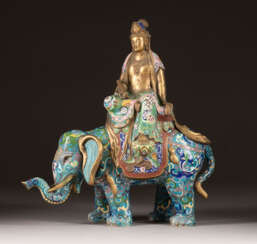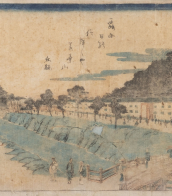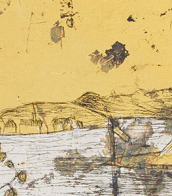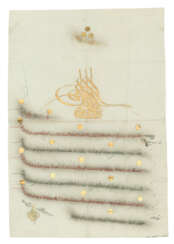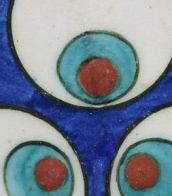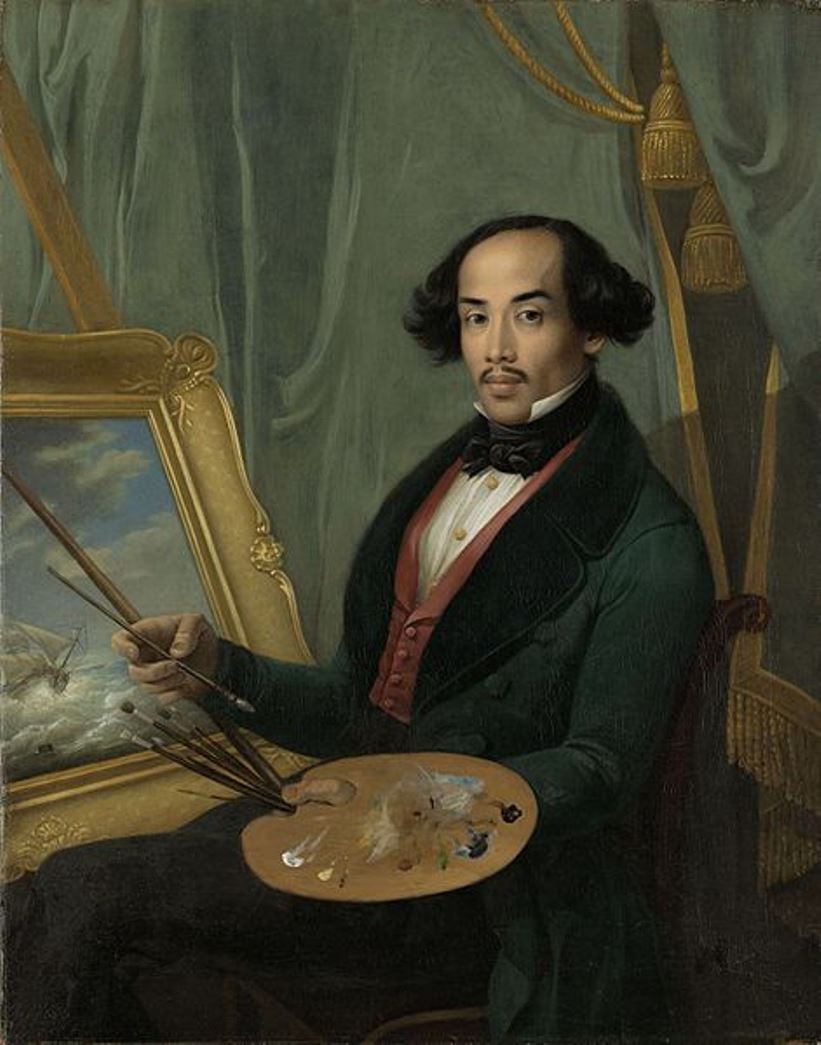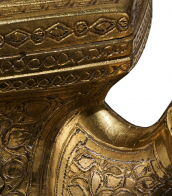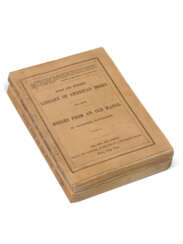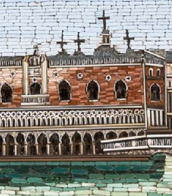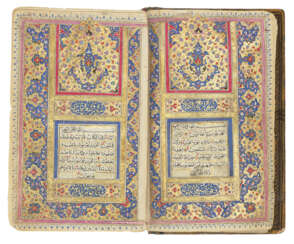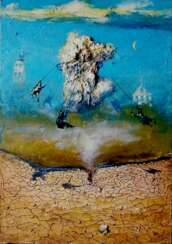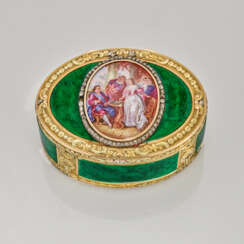man with clouds


Giulio Romano, an Italian prodigy in painting and architecture, is celebrated for his dynamic contributions to the Renaissance and Mannerist styles. A pivotal figure in the late Renaissance, Giulio Romano was not only Raphael's principal pupil but also a trusted assistant, inheriting his master's workshop upon his death in 1520.
Giulio Romano's artistic journey began under Raphael's tutelage, where he honed his skills in both painting and architecture. His work vividly reflects the essence of the High Renaissance yet also signals the advent of Mannerism, a style characterized by elongated forms and exaggerated emotions. Notably, Romano's architectural prowess was largely self-taught, developed while assisting Raphael, who was the papal architect during that time.
The Palazzo del Te in Mantua stands as a testament to Giulio Romano's architectural genius. This pleasure palace, begun around 1524 and completed a decade later, showcases his inventive spirit and skill. It's a striking example of how Romano played with classical conventions to create something uniquely expressive. His ability to transform spaces was not just limited to grand structures but also extended to designing gardens and facades, enhancing their aesthetics and functionality.
In painting, Giulio Romano's works such as the Stoning of St. Stephen in Santo Stefano, Genoa, and the Adoration of the Magi in the Louvre, demonstrate his mastery and influence. His fresco "Fire in the Borgo" in the Raphael Rooms of the Vatican City is particularly noteworthy. Romano's drawings and designs, revered for their technical skill and creativity, significantly influenced subsequent artists, including Nicolas Poussin.
For art collectors and experts, the works of Giulio Romano present a fascinating blend of Renaissance classicism and the burgeoning Mannerist style. His contributions in both painting and architecture have left an indelible mark on the history of art and culture.
For those interested in staying updated on sales and auction events related to Giulio Romano, consider signing up for updates. This subscription is strictly for alerts on new product sales and auction events relevant to Romano's works. Avoid missing out on acquiring a piece of this Renaissance master's legacy.


Hermann Ottomar Herzog was a German-born American landscape painter. He represented the Dusseldorf School of painting and was a member of the Hudson River School. He quickly achieved commercial success and began to earn good money, which allowed him to travel a great deal.
Herman Herzog settled in the United States at the end of the 1860s. He devoted a considerable part of his work to his journey through the western states to California in 1873. He also frequently visited and worked in Maine and Florida.


Nathaniel Hawthorne is an American writer and author.
Hawthorne is a recognized short story writer and a master of allegorical and symbolic narrative. One of the first fiction writers in American literature, he is best known for his works The Scarlet Letter (1850) and The House of Seven Gables (1851). Hawthorne's artistic works are considered part of the American Romantic movement and, in particular, of so-called dark Romanticism, a popular mid-19th-century fascination with the irrational, the demonic, and the grotesque.





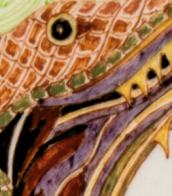


Otto Piene was a German-American artist specializing in kinetic and technology-based art, often working collaboratively.

